

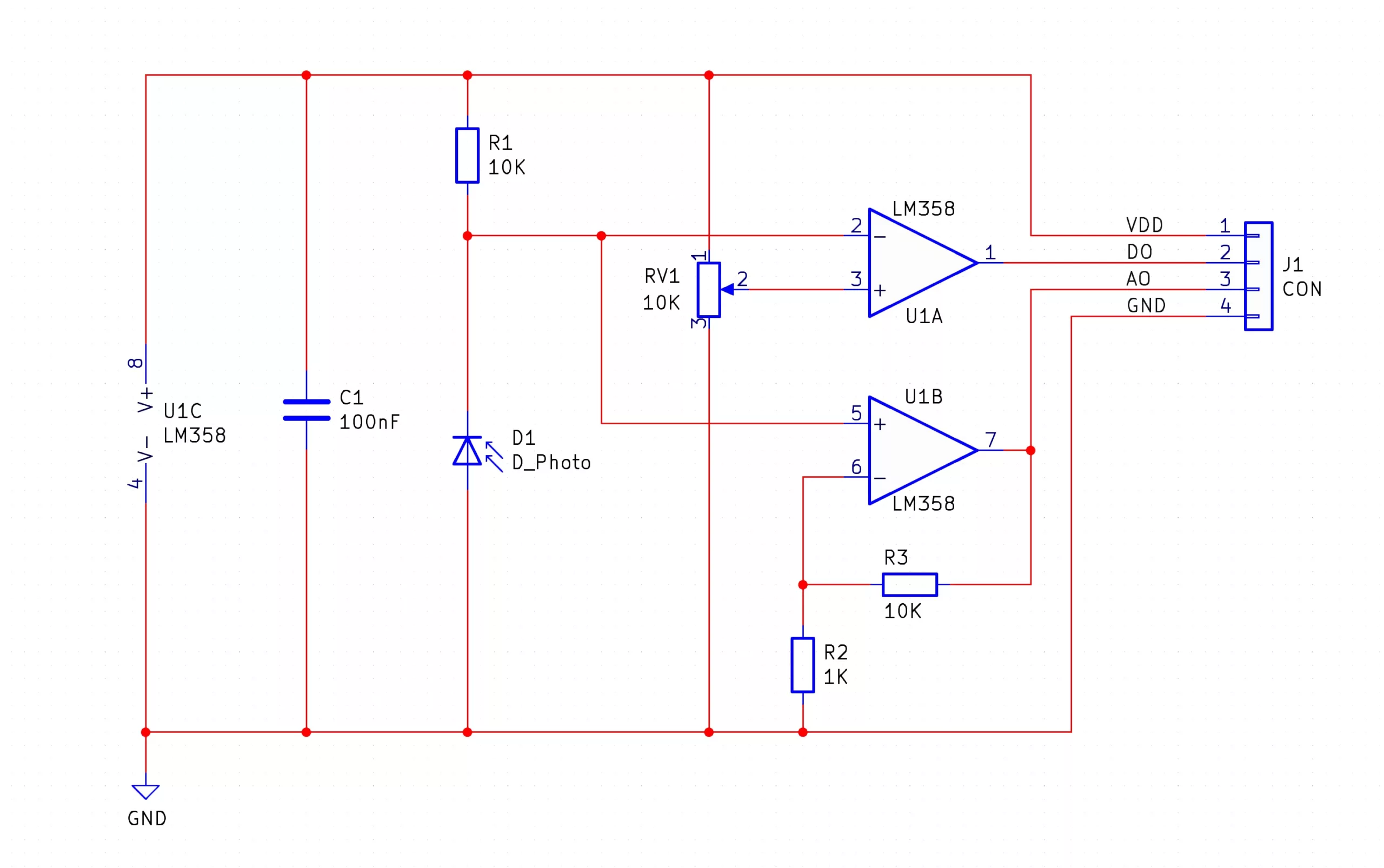
The SENSE Range are electronic kits that let you build your own module with sensing capabilities. Each module has the exact same dimensions, pin-out, and hole location so that modules can be interchanged depending on what needs detecting. For example, the Sound Sense is capable of detecting sound, while the Temp Sense uses a thermistor to detect the ambient temperature.
Unlike other sensing modules on the market, the simplicity of the MitchElectronics Sense Range makes them easy to modify, use in other circuits, and build. At the same time, the standardised 40mm x 20mm dimension is very easy to work with when creating enclosures and mounting a Sense board.
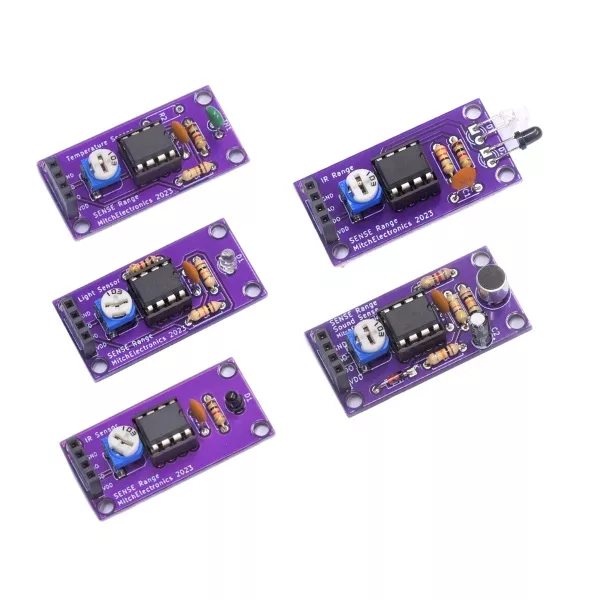
To make using the Sense Range as easy as possible, all Sense kits have a four pin connector that is identical for each device. Two of these pins are for providing power (VCC and 0V), and the other two are one digital output (that switches between VCC and 0V), and analogue output, which varies depending on the signal being sensed. For example, the Sound Sense produces an analogue signal whose amplitude increases with sound volume, while the Temp Sense produces a voltage that directly relates to temperature.
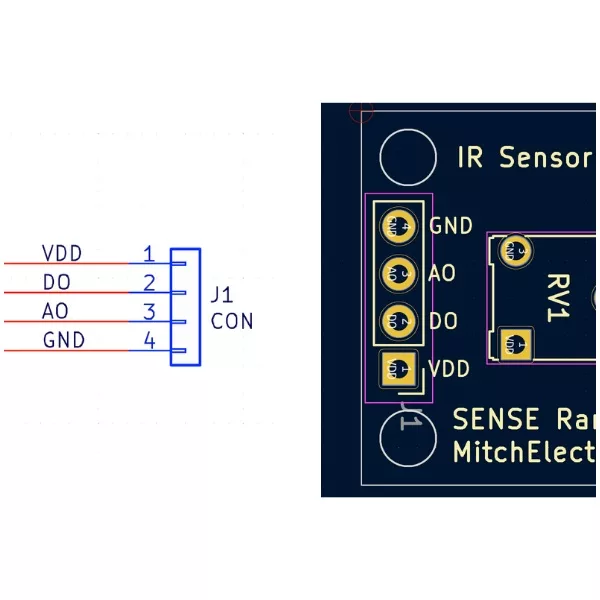
To make sure that using the Sense Range is as simple as possible, all dimensions, hole sizes, and positions are identical across all modules. By doing so, modules can be swapped around without needing to change enclosures, screws, or mountings. At the same time, this standardisation also allows for modules to be stacked in frames which can also be convenient
The standard size for all kits is 40mm x 20mm, M2 holes (2mm diameter), a hole separation of 35mm x 15mm, and a hole edge spacing of 2.5mm.
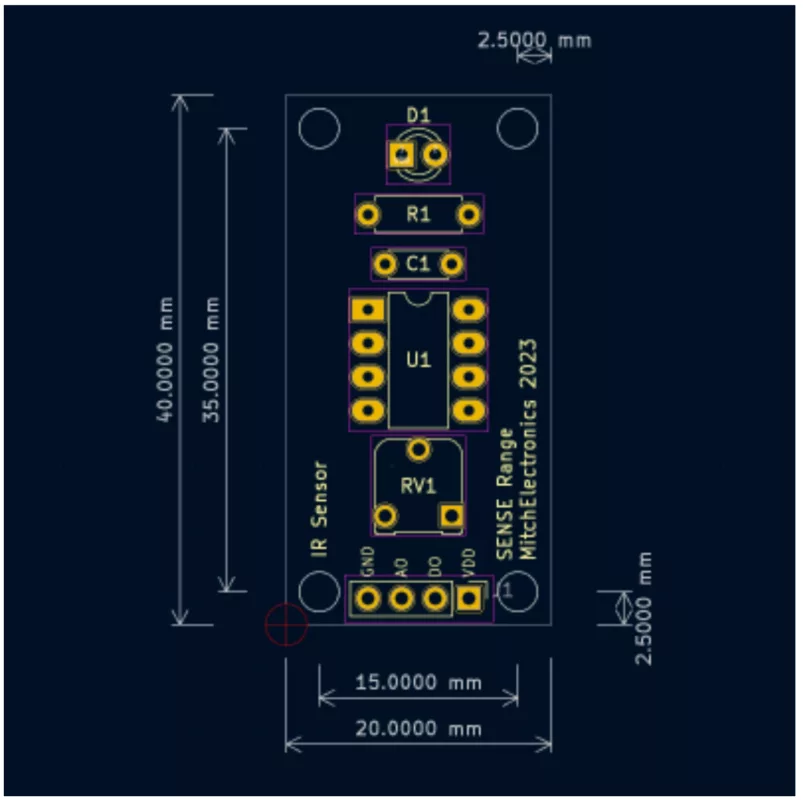
The Light Sense comprises of a photodiode (D1), a comparator (U1A), and a non-inverting amplifier (U1B).
You may notice that in the circuit, the photodiode diode is in reverse bias mode meaning that under normal circumstances, it doesn’t conduct any electricity. When light falls onto the photodiode, it causes the photodiode to become conductive, and the resistance of the photodiode depends on how much light is falling on it.
Because the resistor R1 is in series with the photodiode, the result is a potential divider whereby more light falling onto the photodiode reduces its resistance, thereby reducing the voltage across the photodiode. The voltage across the photodiode is fed into both op-amps, U1A and U1B, which are configured as a comparator and a non-inverting amplifier respectively.
The comparator (U1A), has its non-inverting input connected to a potentiometer, which produces a voltage between VCC and 0V depending on its position. If the voltage across the photodiode is greater than the voltage from the potentiometer, the output of the comparator switches to 0V, indicating that the light level is lower than the trigger level defined by the potentiometer. If the voltage across the photodiode is lower than the voltage from the potentiometer, the output of the comparator switches to VCC, indicating that the light level is greater than the trigger level defined by the potentiometer. The output of the comparator is digital, and can be used to determine if the photodiode has detected a minimum level of light.
The non-inverting amplifier (U1B) has two feedback resistors, R2 and R3, which result in a gain of approximately 10, and this is used to amplify the weak signal produced by the photodiode. This output is analogue, and can be used to measure the amount of light falling onto the sensor.
| Component | PCB Reference | Quantity | Looks Like |
|---|---|---|---|
| 8 DIP Socket | U1 | 1 |  |
| LM358 Dual Op-Amp IC | U1 | 1 | 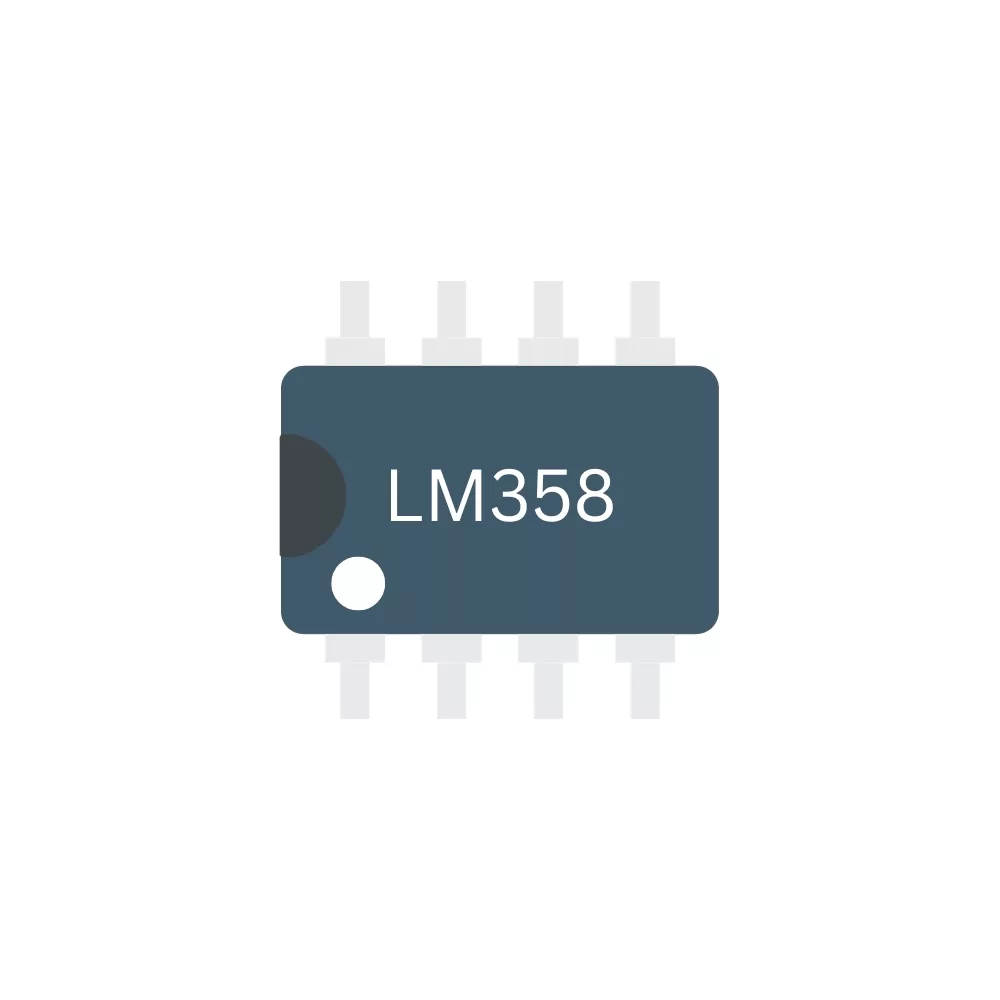 |
| 1K Resistor | R2 | 1 |  |
| 10K Resistor | R1, R3 | 2 | 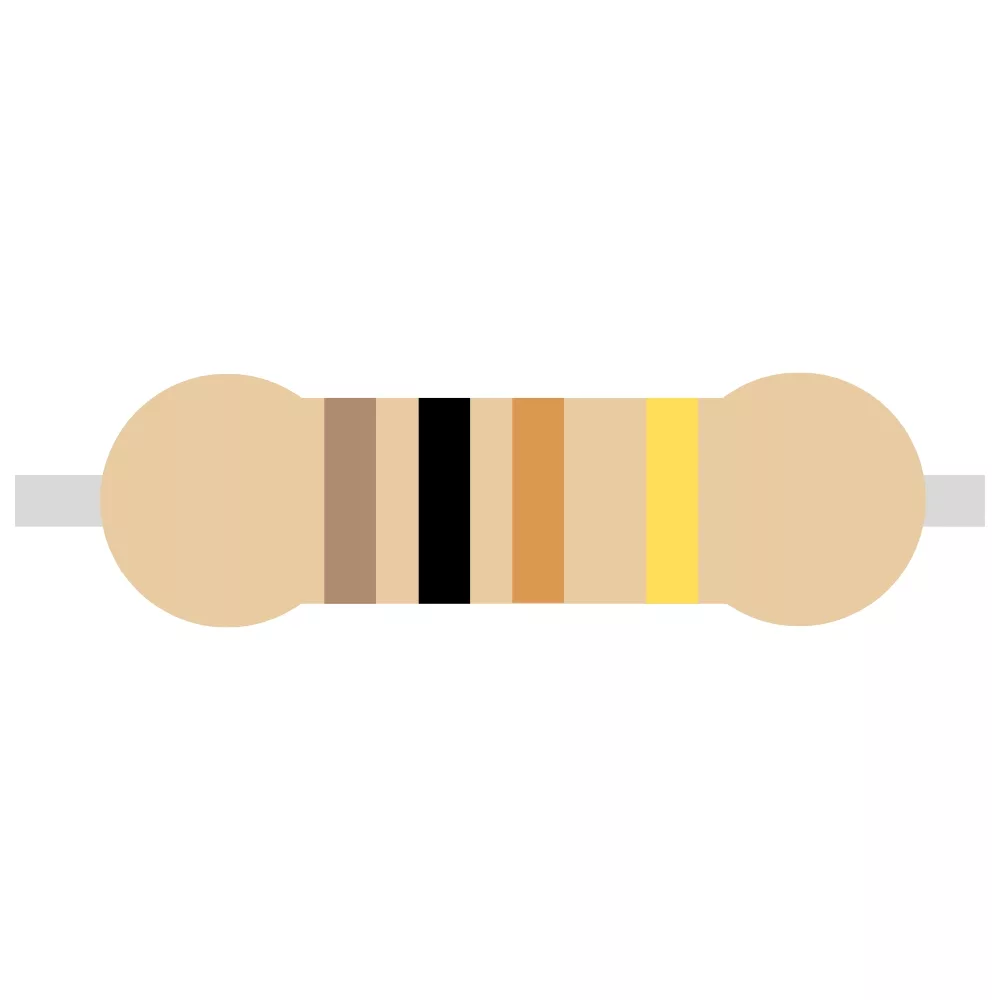 |
| 10K Potentiometer | RV1 | 1 |  |
| 100nF Ceramic Capacitors | C1 | 1 |  |
| Photodiode | D1 | 1 |  |
| 4-Way Socket | J1 | 1 | 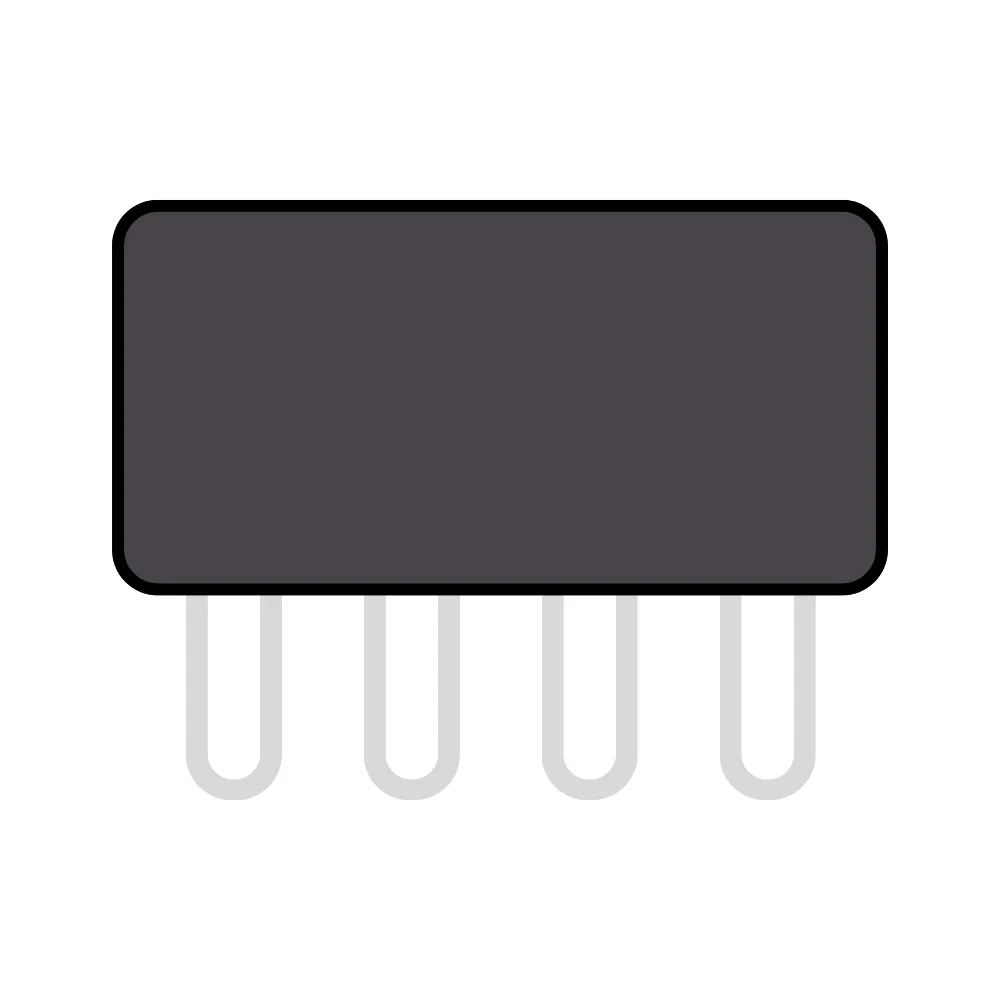 |

One such use for the Light Sense is as a trigger device for an alarm circuit. At night, when all the lights in a home are turned off, this module can stand guard looking for the tell-tale signs of a burglar looking for your hard-earned cash. The moment a torch light hits the sensor, the digital output can send a signal to an alarm system, and from there, can either set off a sounder, or even text you a message.

If positioned towards the sky, this kit can be used to automatically turn lights on and off depending on whether it is day or night. The digital output of the sensor can be set (using the potentiometer), to trigger external lights when the ambient light level falls, and turn them off when ambient light levels rise. Such sensors are commonly seen on streetlights that use a photodetector on the top of their light to determine whether to turn off or not.
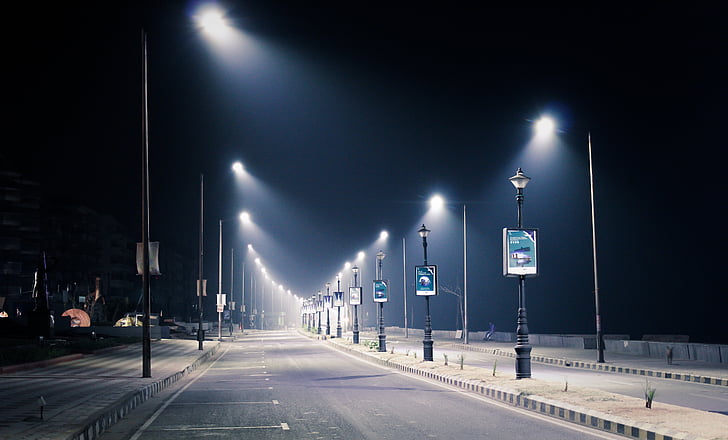
The analogue output of the Light Sense can be used as a lux reading whereby the brightness of a space can be determined scientifically. This is particularly important in photography, where light levels need to be carefully controlled. The output of the Light Sense can be connected to a microcontroller’s ADC, and several readings can be taken in known lux environments to create calibration data.
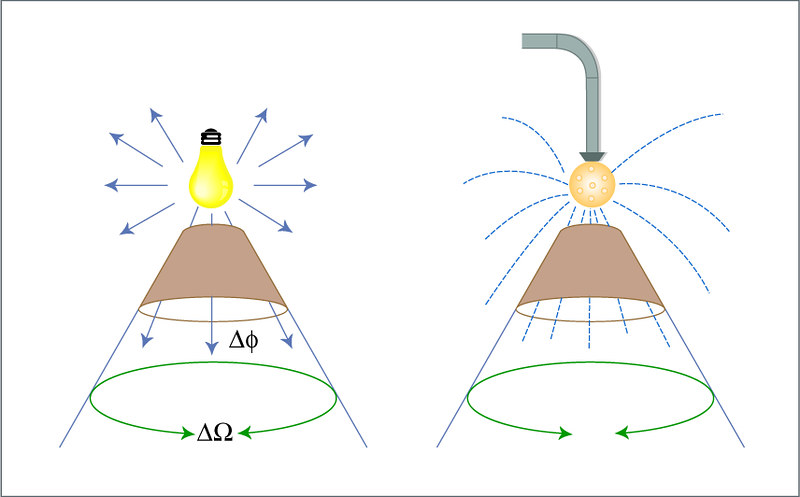

To learn more about how to solder electronic components, download the Electronics Construction Manual free using the button below
Electronics Construction Manual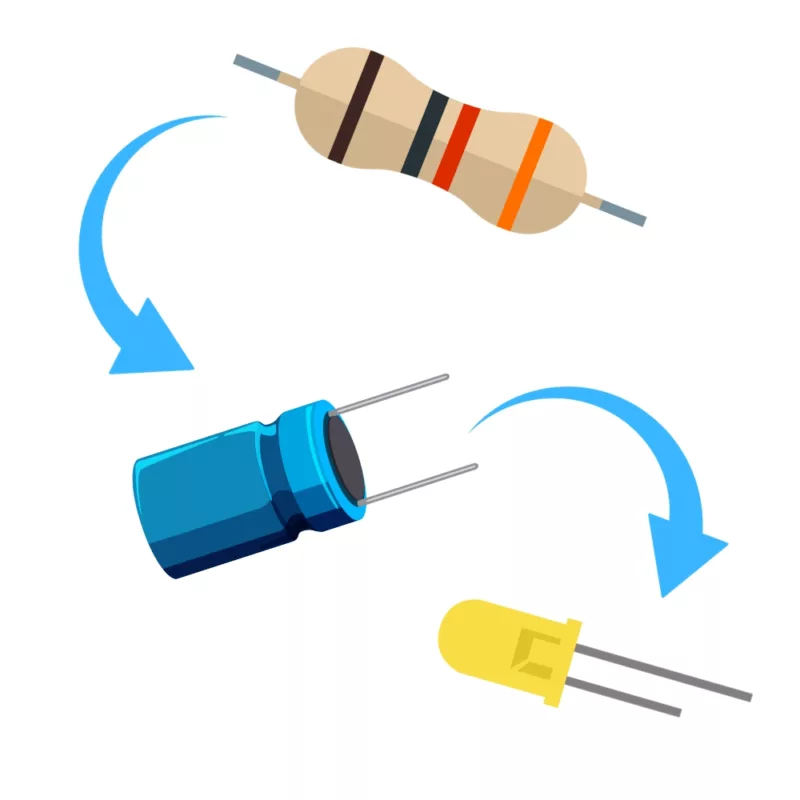
When soldering components, it is essential that you do so in a particular order, so that it is easy to add components and get to their legs. Generally, you always start with the smaller components (such as resistors and capacitors), before moving onto the larget parts (potentiometers and ICs).
Soldering Guide
Feeling brave? Consider using different resistors
Can be done to change the voltage output of the photodiode diode